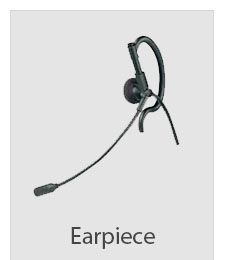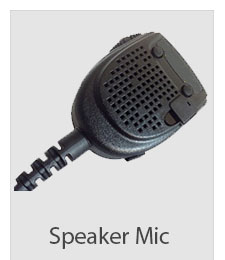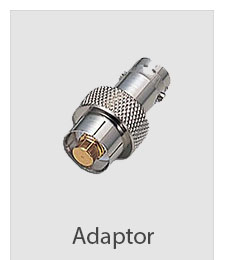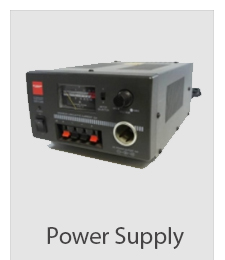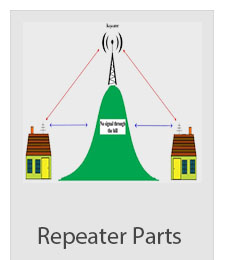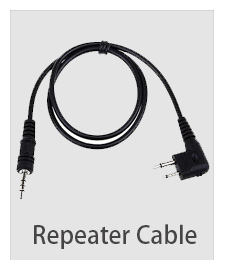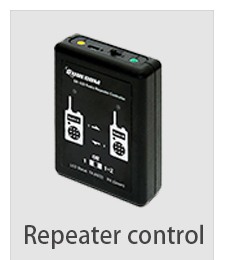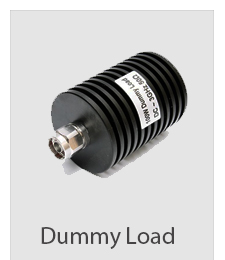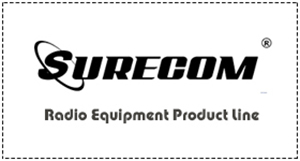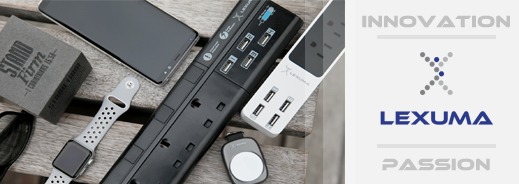Radio Receiver Selectivity
The selectivity of any radio receiver is of great importance. With the vast number of signals being transmitted it is important that the radio receiver is able receive only the required signal on the wanted frequency and to reject others.
The receiver selectivity performance determines the level of interference that may be experienced, and therefore it is very important that the selectivity enables sufficient rejection of signals on other frequencies to be achieved to enable interference free operation.
Obviously if two signals are present on the same channel then the receiver selectivity is unable to separate them, but where they are on different frequencies the degree of selectivity available should enable them to be separated.
There is a variety of different radio receiver topologies that can be used. The actual receiver technology can have a significant impact on selectivity and the approaches used. Some of the major types of radio receiver are summarised below:
- Tuned Radio Frequency, TRF, receiver : As the name implies this type of receiver relies on the filters in the RF sections of the radio to provide the selectivity. As these are variable and often at a relatively high frequency, selectivity is not as good as that provided by the superheterodyne and direct conversion receivers. Techniques like regeneration and super-regeneration are able to provide significant improvements in selectivity performance, but not to the degree and convenience provided by the other type techniques.
- Direct conversion receiver: The direct conversion receiver also uses a mixer, but rather than converting the signal down to a fixed frequency intermediate frequency, it converts it down to baseband. Typically these receivers are used for data, where the baseband signal is applied to IQ demodulators and passed into a digital signal processing system. For these receivers the main form of filtering required is at the front end to prevent unwanted out-of-band signals entering the mixer and overloading the RF and later stages.
- Superheterodyne receiver: The superheterodyne radio receiver has been in widespread use for many years, and it is still widely used for many high performance applications as well as for broadcast, television, communications and others.
A variety of selectivity and filter requirements are applicable for superheterodyne receivers. Selectivity of the front end is required to ensure sufficient image rejection, and the filters in the IF provide the main adjacent channel rejection.
Receiver selectivity
Selectivity is required in different areas of a radio receiver to ensure that only the wanted signal is received. Front end tuning or selectivity tends to be wideband in nature, or variable to enable the receiver to cover different channels or frequencies.
For the superheterodyne receiver, the main selectivity is provided within the fixed frequency IF stages. Here filters are able to provide very high degrees of selectivity ranging from that required for wideband transmissions including wideband FM, direct sequence spread spectrum and the like, occupying bandwidths of hundreds of kilohertz or megahertz, down to very narrow band transmissions occupying a few kilohertz or even a few Hertz.
Dependent upon the type of transmission the receiver will be used for, the bandwidth required, and hence its selectivity, different types of filter may be used.
There are various formats for the requirements for radio selectivity. The selectivity can be aimed at rejecting signals that may reach the receiver output in a variety of ways.
- Adjacent channel selectivity: Adjacent channel selectivity of the form of selectivity that rejects signals on nearby frequencies. It is the what is most commonly referred to as the radio selectivity of the form is not qualified in any way. . . . . Read ore about Adjacent Channel Selectivity, ACS.
- Image rejection selectivity: When using a sueprheterodyne radio, it is possible for signals on what is termed the image frequency to reach the final stages of the receiver. Rejecting these signals is important as they can cause significant levels of interference. The selectivity required to remove these signals is contained within the radio frequency stages of the radio. . . . . Read ore about Image Rejection.
- Spurious signal selectivity: Unwanted signals may reach the output of the radio as a result of variety of different unwanted or spurious modes. Rejecting these signals is important and it may often be contained under what may be termed spurious responses selectivity.
Selectivity is a particularly important parameter in any radio receiver whether it is used for broadcast reception or for use within another form of radio communications system such as a two way radio communications link, or a fixed or mobile radio communications application. As a result it is necessary to ensure that any radio receiver is able to select the wanted signal as well as it can. Obviously when signals occupy the same frequency there is little that can be done, but by having a good filter it is possible to ensure that you have the best chance or receiving and being able to copy the signal that is required.
|






